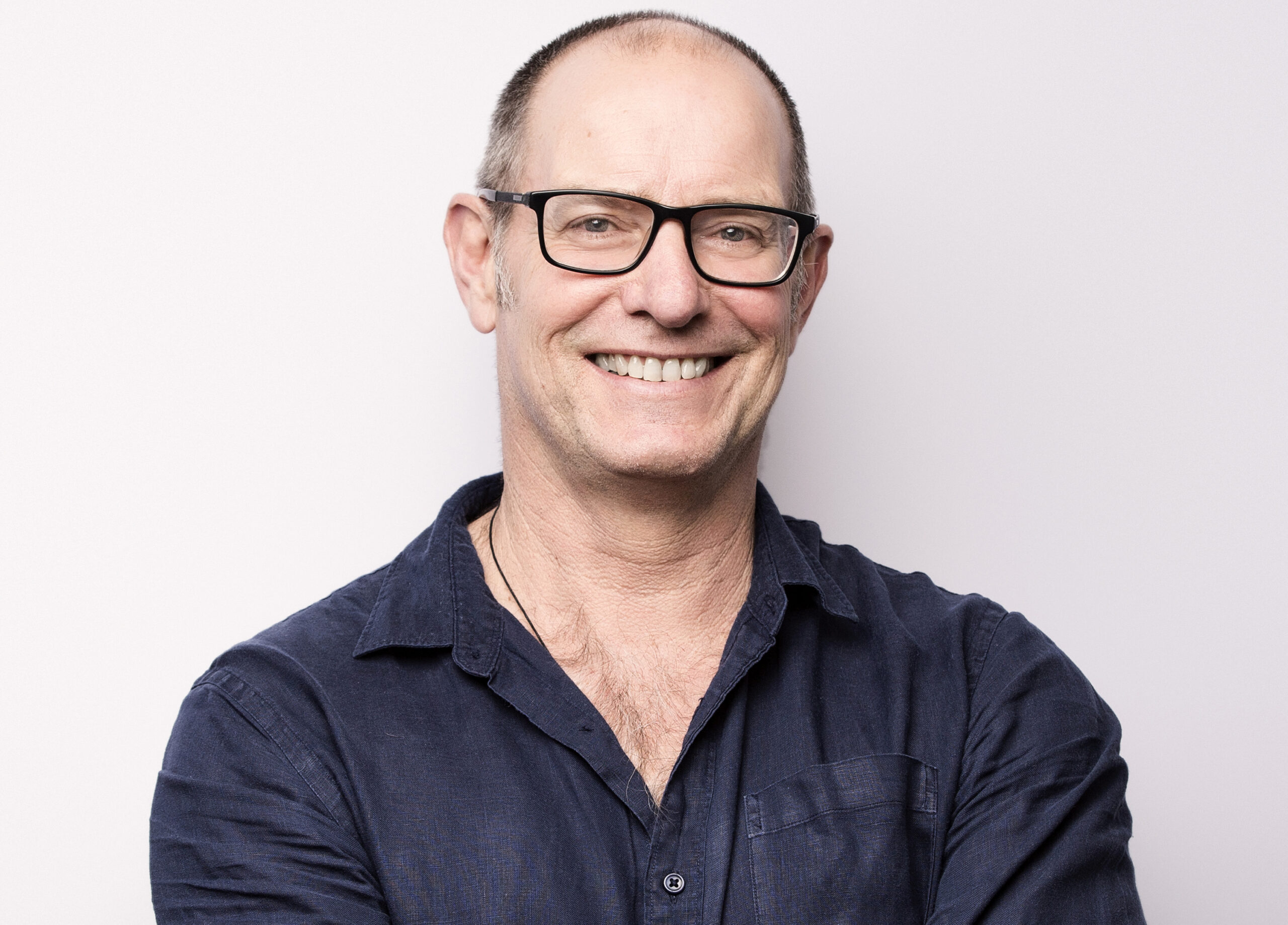Phil Ladlow, an experienced Physiotherapist from Hobart has just released his new Churchill Fellowship report about technology promoting neuroplasticity in people with brain injury & disease, bringing together the latest findings from the US, UK, Austria, Canada, Germany and Spain. Robotics, virtual reality and other biotechnological devices have been used extensively in the Northern hemisphere over the past 10 or more years for people with neurological injury and disease.
Phil said, “While Australia has a sound reputation internationally in regard to our healthcare system and quality of our health care professionals, our rehabilitation resources and programs are far behind those offered in North America and Europe,”
More than 400,000 people in Australia have an acquired brain injury with almost three quarters of these people being under 65 years old. These figures include approximately 20,000 children (Australian Institute of Health & Welfare). Adding to the fact that more than 700,000 Australians overall are affected by neurological disorders in Australia, it is an area that warrants urgent consideration.
“Embracing and finding creative ways to fund the new technology could potentially equate to billions of dollars savings over the long term, in regard to increased capacity to contribute to the economy by returning to work post injury or illness, as well as reducing pressure on the health system in shortening length of hospital stays, enhancing recovery rates and reducing hospital readmissions, says Phil.”
Phil was fortunate enough to be hosted at clinics and hospitals across North America and Europe offering between 4 to 8 hours of intensive daily therapy, harnessing neuroplasticity of the nervous system and enhancing neurological recovery.
Phil was particularly impressed by the ability of the robotic assisted equipment in allowing the therapists to incorporate aerobic training into the programs, further driving neuroplastic change. The utilisation of therapy assistants, technical instructors and volunteers further enhanced the intensity and specificity of therapeutic delivery. This clever employment of ancillary personnel also resulting in reduced service costs whilst simultaneously increasing the volume of rehabilitation therapy provision.
Given the results achieved internationally from biotechnology utilisation in reducing burden of disease, Phil believes it would be invaluable if we could find ways of funding trials studying the impact of robotic assisted treatments in influencing outcomes on inpatient and outpatient therapy in Australia.
In North America there exists a strong philanthropic culture, providing an impressively effective means of acquiring more funding for equipping hospitals and therapy centers with this state-of-the –art equipment, Phil explains.
To bridge the gap and make these advancements more accessible, Phil is calling for partnerships with manufacturers, research institutes, hospitals and philanthropists.
From an Australian Governmental perspective, Phil is also calling for action in several areas, including support for neurological clients lacking private or third-party health funding. Phil also recommends increased funding grants for research investigating the clinical and economic benefits of this exciting and life-changing technology.
